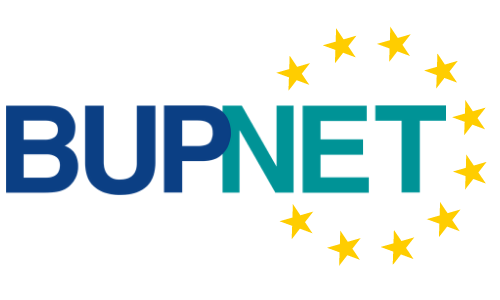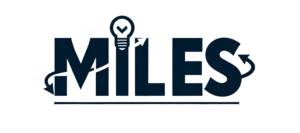According to 12 experts BUPNET interviewed, the social media WhatsApp, Facebook and YouTube currently contribute the most to the spread of misinformation and disinformation. At the same time, they see a trend of disinformation migrating to less regulated platforms and messenger services, above all the Telegram. Traditional media are caught in a dilemma: on the one hand, they are supposed to inform citizens about circulating misinformation/disinformation; on the other hand, their reporting may inadvertently act as an amplifier for it. Distorting representations and claims are the forms of disinformation that are most widespread in Germany. Computer-generated “deep fake” videos, on the other hand, have not yet played a role yet.
The coronavirus has also led to an “infodemic”, a massive and rapid spread of false information. Almost all experts see clear effects of misinformation and disinformation worldwide, and to a slightly lesser extent in Germany. The greatest dangers are the increasing polarization of society and the radicalization of individual citizens. The possibility of elections being manipulated by disinformation is rated as significantly less likely. However, a fifth of respondents also consider this risk tobe (somewhat) likely in Germany.
According to experts, older people are significantly more at risk of falling victim to disinformation campaigns than young people. The decisive factor for susceptibility is whether people are already inclined towards the message being conveyed and whether they feel confirmed by it. Experts believe that as a remedy for this media literacy must not only be taught to students, but also to citizens of all age groups.
However, alarmingly, not all teachers have sufficient media literacy knowledge and skills. After all, media skills are generally not taught sufficiently in teacher training. This means that basic knowledge of both the “old media system” and, in particular, the “new”, or rather, the current media system is lacking. Thus, a large part of the teaching of news literacy still takes place still takes place using “old” practices such as newspapers or other more text-based media and is therefore far removed from the students’ actual media environment. As a non-representative study by “Lie Detectors” also shows, there is a significant “digital divide” between teachers and students, which is relevant not least because students today are much more active in visual media environments.

